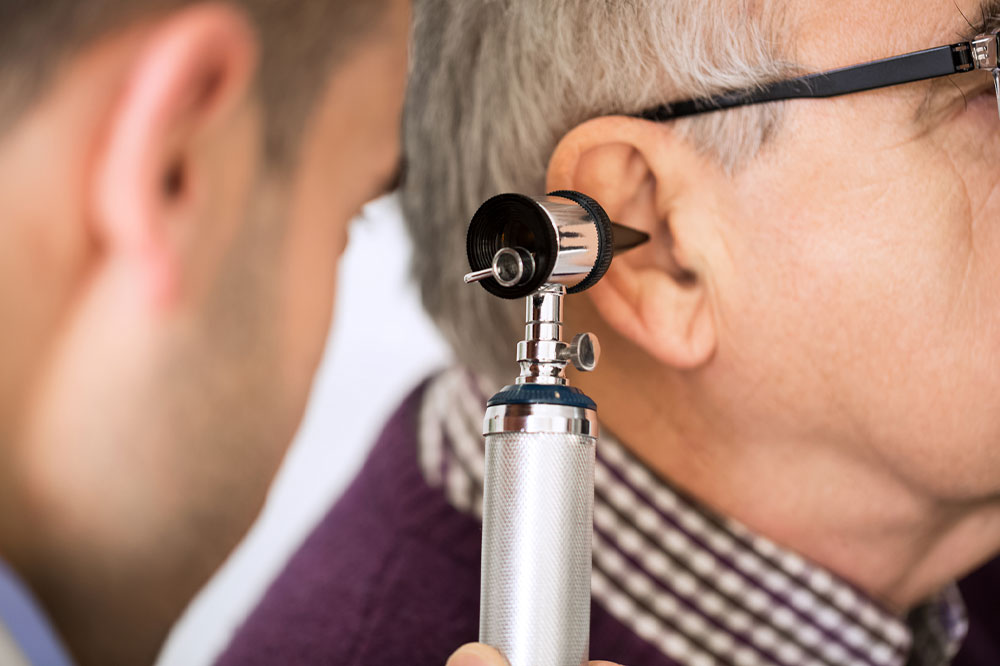4 hearing conditions linked to diabetes

The ears play a vital role in helping individuals perceive their surroundings through hearing. Unfortunately, around 15% of adults nationwide experience some form of hearing difficulty. This health condition can arise from various factors like damage to the inner ear, aging, loud noise, and genetic variations. Unbeknownst to many, several studies have associated excessive sugar intake with the onset and deterioration of hearing problems. Some hearing disorders associated with diabetes are listed below.
Sensorineural hearing loss
Sensorineural hearing loss (SNHL) results from damage to the auditory nerve, cochlea, or central nervous system. This type of hearing loss is commonly associated with complications resulting from diabetes. Typically, over time, diabetes can damage the tiny blood vessels and nerves present in the inner ear, contributing to the onset of this hearing condition. Sounds seeming excessively loud in one ear, problems with understanding conversations, and difficulty hearing in noisy environments are some early signs of SNHL.
Tinnitus
Tinnitus refers to persistent ringing in the ears, even without an external source. The condition is more prevalent among individuals with diabetes. Excessive sugar intake can change one’s brain function, posing a challenge for the brain to regulate the activities of the central nervous system. Consequently, one may temporarily experience tinnitus until the brain’s functioning returns to normal levels.
Presbycusis
Presbycusis refers to age-related bilateral hearing loss and is the most common cause of hearing loss globally. High blood sugar levels can damage the small blood vessels present in the inner ear. Consequently, diabetes can worsen the condition among elderly individuals. Problems with hearing high-pitched sounds and perception of mumbled speech in conversations are some signs of presbycusis among older adults.
Otitis externa
Otitis externa refers to swelling or inflammation of the external ear canal, extending from the eardrum to the outside of the head. Multiple studies have linked otitis externa with diabetes, suggesting that patients with diabetes are at a higher risk of developing this condition. Patients with this condition may experience ear pain, scaly skin around the ear canal, and redness and swelling of the outer ear.



